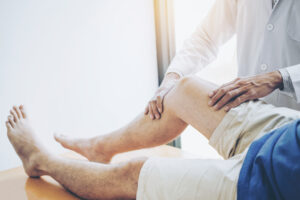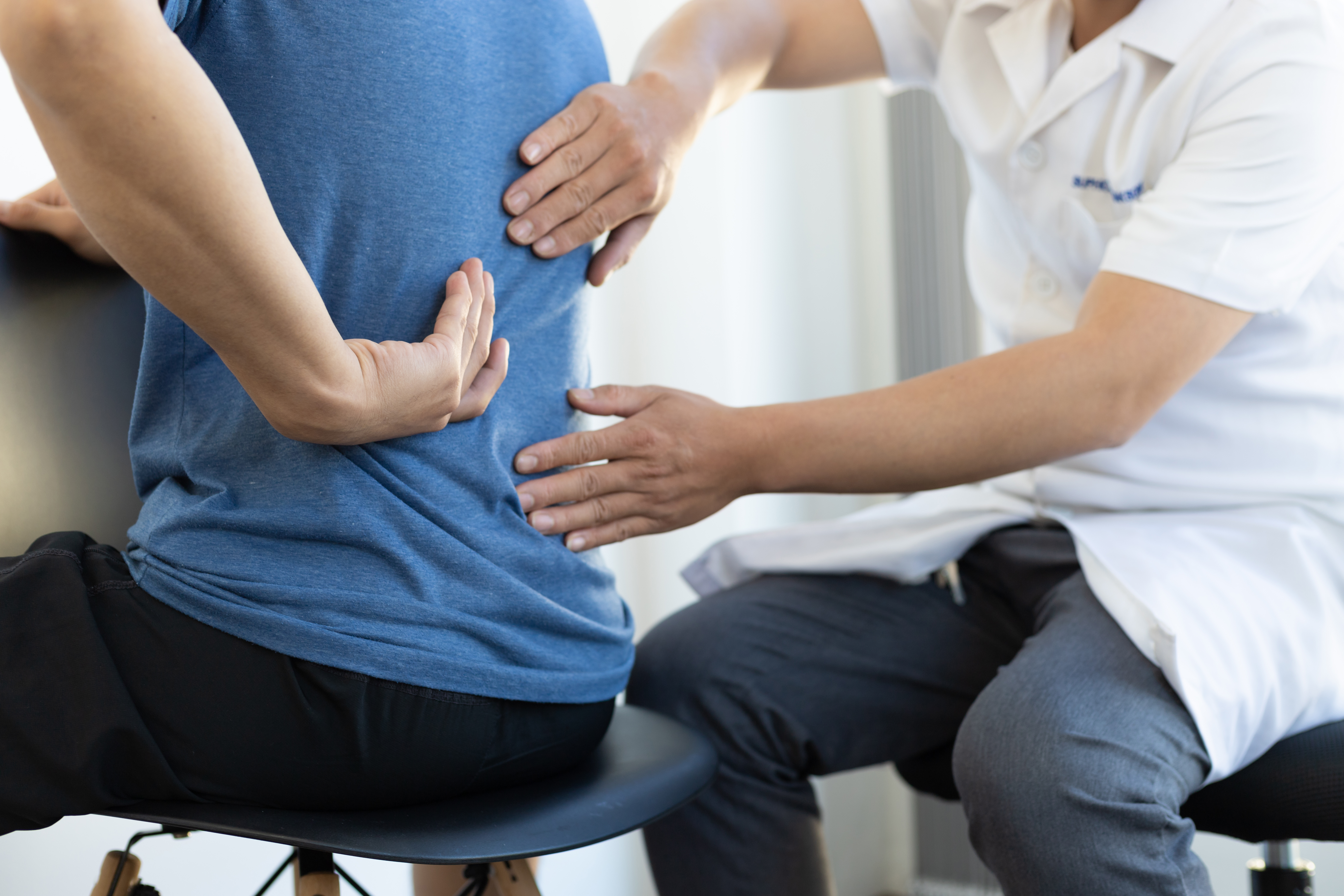Apart from the specific instructions given to you depending on the type of surgery you have undergone, the basic general instructions that you should follow after your surgery are as follows:
- Take pain relieving and other medications as advised. Pain relieving medication should be taken with food. After the first 48 hours of surgery, take the pain medication only when needed.
- Do not drink alcohol, drive a vehicle, operate any machinery or sign a legal document for the first 24 hours after the surgery as the effects of the sedative and/or the anesthesia administered during the surgery may last for the first 24 hours of the surgery.
- Use ice packs to control swelling. However, make sure that the ice bag does not leak into the dressing. Ice packs can be used liberally for the first 48 hours and even later, if required.
- Follow the specific restriction of activity, as advised. Remember that it is easier to prevent developing pain rather than managing it once it has already developed. Rest for a few days after the surgery and keep the operated extremity elevated, above the level of your heart, to control swelling.
- Keep the dressing clean and dry to promote wound healing.
- Try to begin physical therapy a day or two after the surgery. Exercises in the first week are usually aimed at regaining joint motion. Strengthening exercises are initiated later. Regular exercises are critical for a successful outcome.
- Eat a healthy diet and drink plenty of non-alcoholic and non-caffeinated drinks.
- Schedule your follow-up appointment with your doctor as advised.
Please consult your doctor immediately if you experience any of the following symptoms:
- Increased drainage from the incision
- Increased redness around the operated area
- Increased swelling that does not decrease with ice and elevation
- Foul odour
- Fever greater than 101°F
- Coldness, numbness or blanched white or bluish colour of the fingers or toes
- Sudden calf pain or shortness of breath
- Chest pain
How We Can Help You?
Symptoms, Causes and Treatment Options for Osteoarthritis
What is Osteoarthritis? Osteoarthritis is a degenerative joint disorder that can affect every joint in the body. However, patients are most likely …
Continue reading “Symptoms, Causes and Treatment Options for Osteoarthritis”
Understanding Treatment Options for a Hip Labral Tear with Hip Pain A hip labral tear is one of the most common sporting …
Back to Basics: Relieving Pinched Nerves
An orthopedic surgeon can provide a range of treatment options for a pinched nerve in the back, taking into account the severity of the condition and the patient’s specific needs. These treatments are designed to alleviate pain, reduce inflammation, and address the underlying cause of the pinched nerve.



